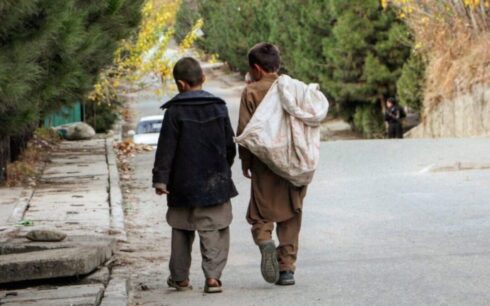In Helmand Province, southern Afghanistan, a deepening water crisis is forcing residents to walk for hours each day in search of even a small quantity of drinkable water, heightening fears over public health, food security, and social stability.
In parts of the province, communities report near-total depletion of surface water sources. “We’re facing serious problems with water,” said Abdullah, a father living on the outskirts Lashkar Gah, the center of the province. “Women and children go out with barrels looking for water, but often there is none.”
Abdullah said both pollution and scarcity have made clean water increasingly inaccessible, contributing to mounting health problems in his household. Tensions, he added, have occasionally flared into conflict as neighbors compete for what little remains.
Women, traditionally tasked with managing household water supplies, have borne the brunt of the crisis. Many say they now rely on contaminated sources even for basic hygiene, leading to a surge in waterborne illnesses.
“We are all sick — my children and I,” said Sahra Gul, a mother in Helmand. “There’s no treatment, and the clinics are closed.”
Despite its historical reputation as one of Afghanistan’s most fertile regions, Helmand has for years struggled with worsening water scarcity. Farmers, in a bid to sustain crops, have increasingly resorted to digging deep wells, extracting groundwater at unsustainable rates.
Environmental experts point to a combination of contributing factors: erratic rainfall patterns, years of drought, overuse of aquifers, and the broader effects of climate change.
As conditions deteriorate, residents warn that the water shortage is becoming more than a health crisis — it is also a looming threat to social cohesion. Many are calling on national authorities and international aid agencies to intervene before the crisis spins further out of control.





